Special AR Coating
JVC's Special AR Coating technology addresses properties of focus, noise reduction, contrast, and viewing angle achieving film-like black and accurate reproduction of images. We describe its features and physical measurement results.
Conventional LCD surface treatment
To reduce background appearances on the screen by reflection, the surface of medical monitors is generally Anti- Glare (AG) coated. However, the AG coating causes focus loss due to diffused reflection and increased noise because of the diffused light that overlaps with the displayed images. For this reason, some monitors used in diagnostic imaging require such finite depiction, that radiologists prefer a non- AG coated monitor, sacrificing reflective benefits, but gaining a crisper image.
Proper focus and noise properties conflict with reduction of specular reflection, and a development of an LCD surface treatment that meets the both demands was desired.
Table1 Mechanism and features of each LCD surface treatment
*The images explain general ideas of each mechanism and may be different from the actual structures.
| AR coating | AG + AR filter | Special AR coating |
 |
 |
 |
| Beads of about 4µm in diameter diffusely reflect the light to reduce background appearances mirrored on the screen. However, transmitted light (Displayed image) is also diffusely reflected causing focus loss and increased noise. | An AR filter is attached indirectly to an AG-coated LCD panel across the layer of air. This improves contrast ratio of images. | The special AR coating reduces diffuse reflection and improves properties of noise, focus, contrast and viewing angle. |
Special AR Coating
The special Anti-Reflection (AR) coating is a surface treatment that provides AR layers directly on an LCD panel as shown in Table 1.
Fig.1 shows comparison of micro bright points displayed on the special AR-coated LCD and the AG-coated LCD. Due to the reduced diffused reflection by the special AR coating, the bright point is displayed more clearly with the improved focus and contrast compared to the one on the AG-coated LCD.
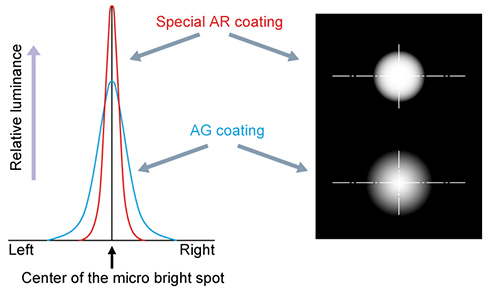
Fig.1 Illustration of the displayed micro bright points
Physical measurement results of the display properties
Table 2 shows physical measurement results of the display properties. The special AR-coating obtained the best results in the three surface treatments for all the measurement items except for the specular reflection (Rs).
Table2 Measurement results in each surface treatment
| Surface treatment | Focus(MTF) | Max. luminance (Dark room) |
Min. luminance (Lighted room) |
Contrast ratio | Reflection coefficient | *Viewing angle (Left - Right) |
||||
|---|---|---|---|---|---|---|---|---|---|---|
| Horizontal | Vertical | Dark room |
Lighted room |
Rs (Specular) |
Rd (Diffuse) |
Dark room |
Lighted room |
|||
| Special AR coating | 105 | 104 | 105 | 107 | 117 | 110 | 90 | 257 | 80° ~ 80° |
60° ~ 60° |
| AG + AR filter | 100 | 100 | 100 | 100 | 100 | 100 | 100 | 100 | 60° ~ 60° |
0° ~ 10° |
| AG coating | 99.7 | 98.3 | 99.2 | - | 91.2 | - | 113 | 94.7 | 60° ~ 60° |
- |
Note:
- A 3MP monitor was used in the measurement
- The measurement was performed in a relative manner where AG + AR filter is 100.
(The bigger values indicate the better properties.)
*The viewing angle was measured in accordance with AAPM TG18.
(The specified viewing angles indicate where the contrast ratio of over 170 is achieved.)
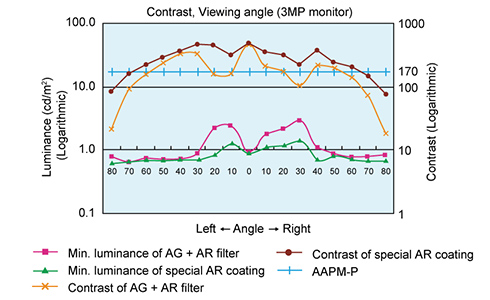
Fig.2 Luminance characteristics in the lighted room The special AR coating achieved better viewing angle, contrast characteristics and lower minimum luminance compared to the AG + AR filter.
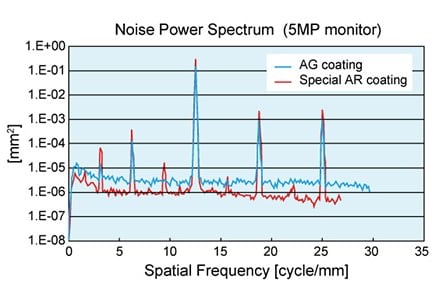
Fig.3 Noise characteristics (NPS characteristics) The noise level of the special AR coating is lower than the AG coating.
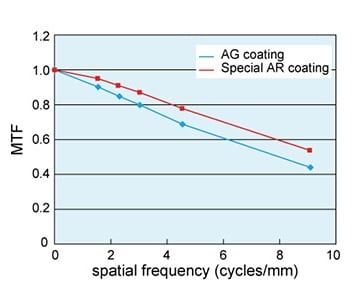
Fig.4 Focus (MTF characteristics) The special AR coating achieved the higher focus properties than the AG coating.
Specular reflection characteristics
Fig.5 shows photographs of each LCD with 4 different surface treatments reflecting the background in the lighted room. Fig.6 shows image analysis of the photographs in Fig.5. The X-axis represents the horizontal direction in the photographs and the Y-axis represents relative luminance.
A piece of white paper was placed in front of the surface of each LCD panel to take a photo of its appearance on the screen by reflection.
Although the paper edge appears more clearly on the special AR-coated LCD than the AG-coated LCD or the AG-coated LCD with the AR filter, as shown in Fig.6, relative luminance of the special AR-coated LCD is lowest. Conversely, the white paper appears most clearly on the mirror-shiny surface of the *Glare type LCD, and its relative luminance is the highest of all LCDs.
*Non-AG-coated LCD panel to improve the noise and the focus properties.
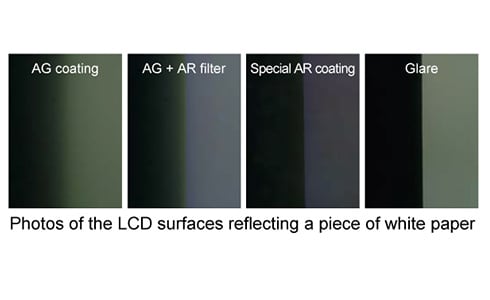
Fig.5 Comparison of the background reflected on the screen in the lighted room

Fig.6 Graph of the photograph analysis
Conclusion
The special AR-coating obtained the best results in the three surface treatments for all the testing items except for the specular reflection (Rs). Although the reflection coefficient in the specular reflection is slightly lower than the others, the special AR-coated LCD achieves the lowest relative luminance of the reflected image.
For these reasons, it indicated that the special AR-coating is the best surface treatment suited for medical monitors.